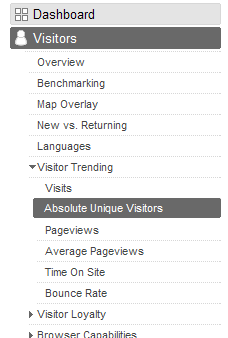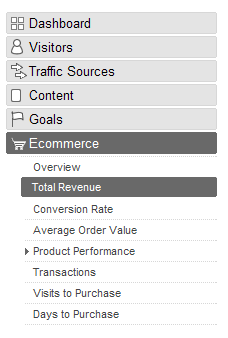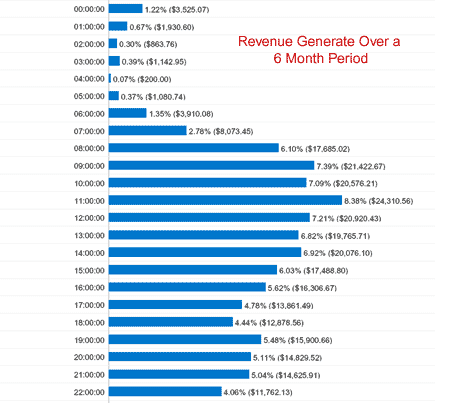Welcome to the age of the Recession Shopper. According to research conducted by Penn, Schoen & Berland Associates and commissioned by LinkShare Recession Shoppers are the new breed of consumers.
Careful and conscious of what they’re purchasing, Recession Shoppers scour the Internet for good deals as meticulously as Martha Stewart folds hospital corners.
According to LinkShare, “Retailers that offer discounts, special promotions and product comparisons to engage – and keep – these consumers will have more success than those that continue to try striking emotional chords through traditional channels.”
The study also revealed that in order to engage with these consumers e-commerce retailers must change how they think and connect with current and potential customers.
Your e-commerce consumer is going to be an information-based shopper. They are going to click through a lot of websites before making a final decision. They’re going to ask their friends on Facebook, send out a Twitter post and post a question to their online web group.
To separate yourself from your competition, you’re going to need to get into those online channels with them. You’re going to appeal to those Recession Shoppers through social networking.
Facebook. If you’ve done your homework, you’ll know that there are more decision-making purchasers using Facebook than nearly any other tool out there. These purchasers are asking their Facebook friends for opinions on products as well as referrals. If you want to get in — or stay in — the conversation, you want to be on Facebook, too. You’ll want a fan page that your loyal or prospective customers can click to in order to learn more about your site and your products or services. Use your Fan Page to post pictures and announcements about discounts or sales. Consider it a customer service portal.
Twitter. Twitter is closing in on The New York Times as one of the most often clicked-on sites in the United States. Like Facebook, this is another place where your decision-making purchasers are talking. Like Facebook, they’re posing questions and doing research. Creating a Twitter account and using it to connect with your brand loyalists will show you’ve already gone above and beyond your competitors.
YouTube. Given our visual nature, it’s no wonder YouTube has taken off the way it has. Why not serve up a series of how-to videos for current or potential customers. Create a channel dedicated to your site and post tutorials, consumer testimonials or alternative uses to your products. Host a contest that asks people to post a 60-second video on why they love your product. Create buzz and the customers will follow.
 You will be able to get an good estimate of the number of unique visitors that are coming to your site on any given day by going to the Absolute Unique Visitors report. The image to the left shows where in your navigation that report is found.
You will be able to get an good estimate of the number of unique visitors that are coming to your site on any given day by going to the Absolute Unique Visitors report. The image to the left shows where in your navigation that report is found.
 To do this you’ll be using another report. The “Total Revenue” report found under the ecommerce section (you must have ecommerce tracking turned on and the tracking code in place on your site for this to provide any data.)
To do this you’ll be using another report. The “Total Revenue” report found under the ecommerce section (you must have ecommerce tracking turned on and the tracking code in place on your site for this to provide any data.)
